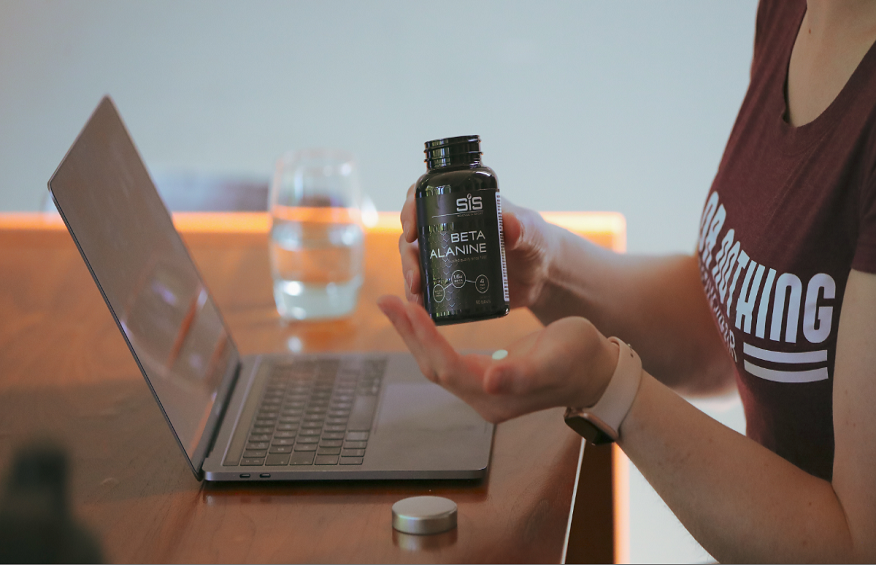The Science of Beta-Alanine: How It Works Inside Your Body

Have you ever wondered how a simple amino acid can profoundly impact your workout performance? Enter beta-alanine, a remarkable substance that operates like a superhero within your body, unlocking many benefits that can elevate your fitness endeavors. But how does it work its magic? Delving into the science behind beta-alanine reveals a fascinating story of carnosine synthesis, pH buffering, oxidative stress reduction, and neurotransmitter modulation.
Get ready to uncover the secrets of beta-alanine and understand how it operates inside your body to enhance endurance, delay muscle fatigue, and potentially boost your overall well-being. Let’s embark on this captivating journey through the science of beta-alanine and unlock the power it holds within you.
Here’s a breakdown of the science behind beta-alanine:
Carnosine synthesis
When you consume beta-alanine, it is absorbed into your bloodstream and transported to various tissues, including skeletal muscles. Inside the muscle cells, beta-alanine combines with another amino acid called histidine to form carnosine through a process known as carnosine synthesis. The enzyme carnosine synthase primarily regulates this synthesis.
Buffering pH levels
Once carnosine is synthesized, it is vital as an intracellular pH buffer. During high-intensity exercise, your muscles produce lactic acid as a byproduct of energy production. The accumulation of lactic acid leads to a decrease in pH levels, resulting in muscle acidity. This acidic environment can impair muscle function and contribute to fatigue.
Delaying muscle fatigue
Carnosine in muscle cells helps regulate pH levels by buffering the excess hydrogen ions produced during intense exercise. By neutralizing the acidity, carnosine helps maintain the optimal pH balance for muscle contraction and delays the onset of muscle fatigue. This enables you to sustain higher-intensity efforts for a longer duration.
Oxidative stress and antioxidant effects
Beta-alanine that is high quality extends beyond its role in carnosine synthesis. It has been found to possess antioxidant properties, reducing oxidative stress in the body. Oxidative stress occurs when there is an imbalance between the production of harmful free radicals and the body’s ability to neutralize them. By reducing oxidative stress, beta-alanine may protect against cellular damage and promote overall health.
Neurotransmitter modulation
Recent studies have also suggested that beta-alanine supplementation may influence neurotransmitter levels, particularly gamma-aminobutyric acid (GABA). GABA is an inhibitory neurotransmitter that helps regulate brain activity and has a calming effect on the central nervous system. By increasing GABA levels, beta-alanine may improve mood, relaxation, and stress reduction.
As beta-alanine enters your body, it sets in motion a series of biochemical reactions that contribute to its remarkable effects. The key lies in its role in synthesizing carnosine, a dipeptide found predominantly in your skeletal muscles.
Once beta-alanine is absorbed into your bloodstream, it goes to the muscle cells, where it combines with another amino acid called histidine. Together, they undergo carnosine synthesis, facilitated by the enzyme carnosine synthase. This synthesis leads to the formation of carnosine within the muscle fibers.
Final Thoughts
It’s important to note that the effects of beta-alanine are cumulative and become more pronounced with regular supplementation over time. The recommended dosage typically ranges from 2 to 5 grams daily, divided into smaller doses to minimize potential side effects such as the temporary tingling sensation (paresthesia). As with any supplement, it is advisable to consult with a healthcare professional before incorporating beta-alanine into your regimen, especially if you have any underlying health conditions or are taking medications.






